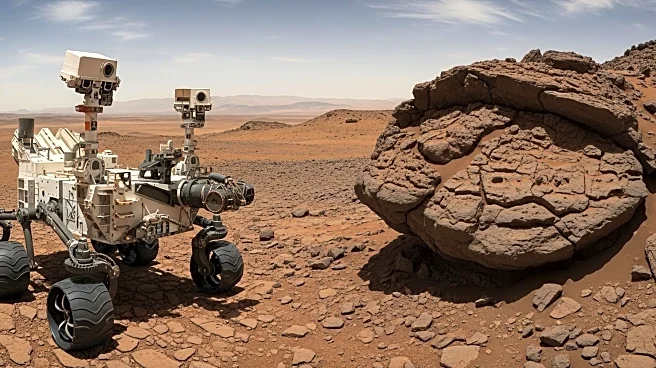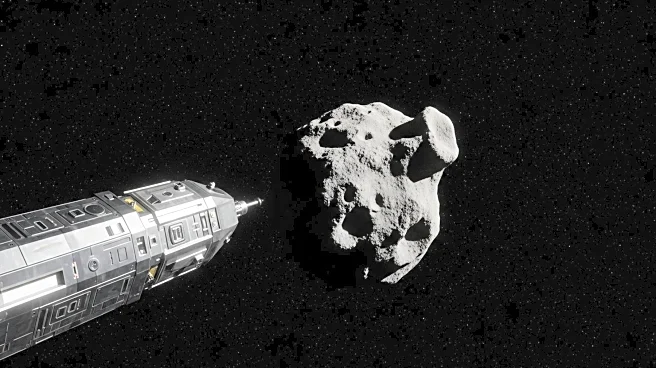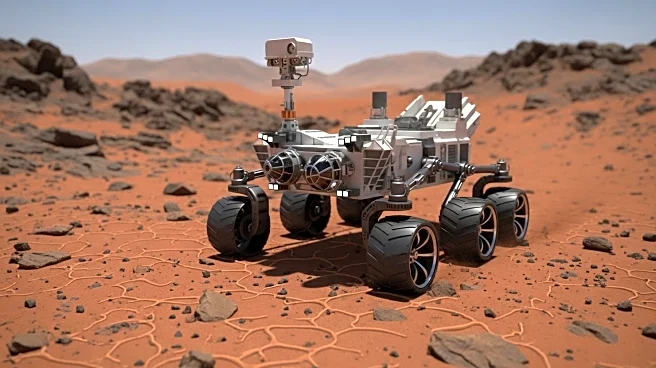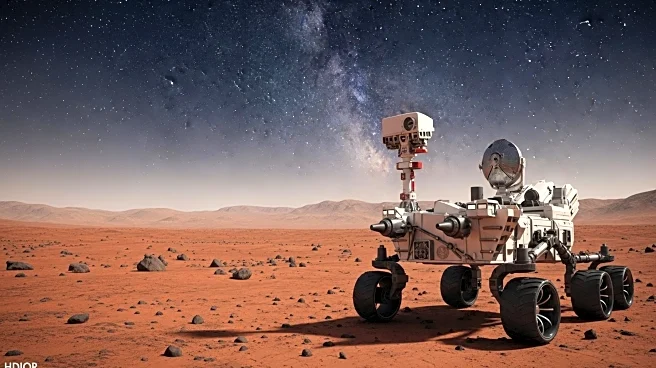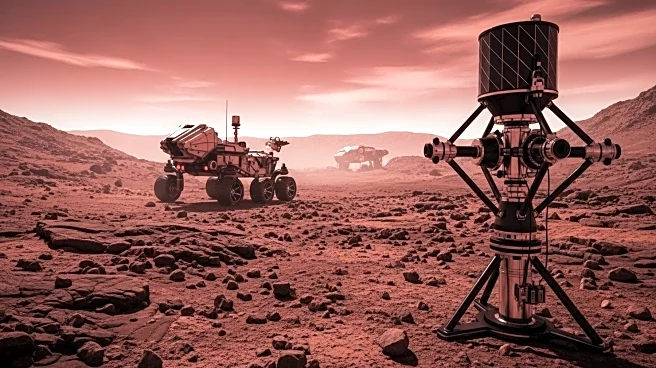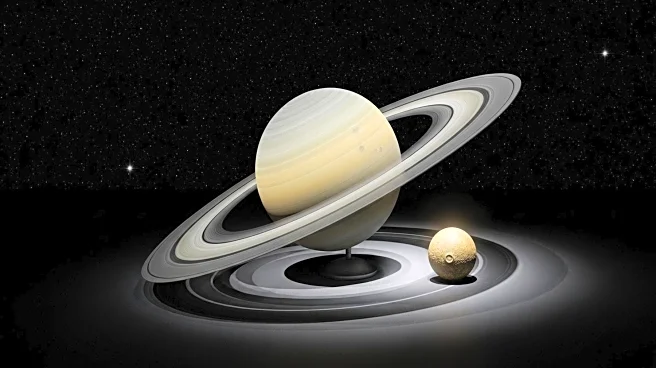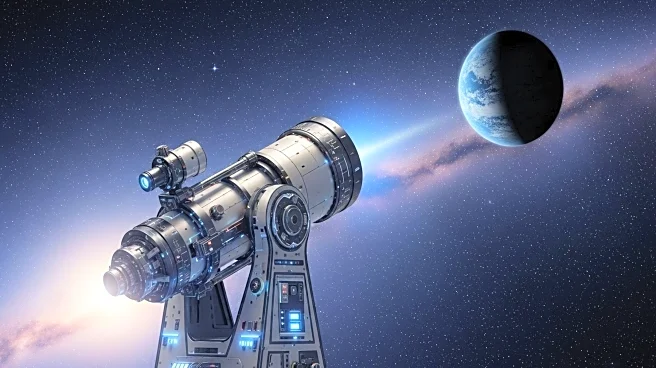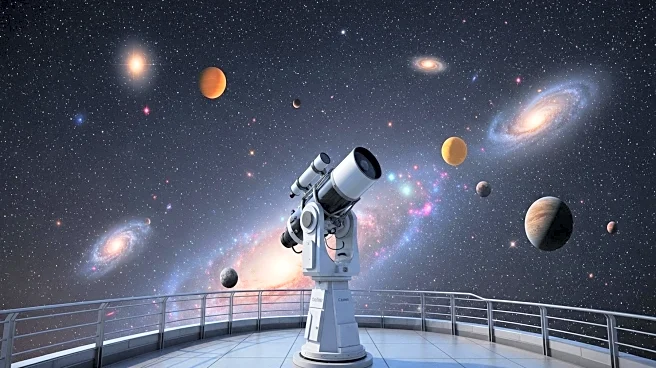What's Happening?
Astronomers are exploring the possibility of an Earth-like atmosphere on TRAPPIST-1 e, an exoplanet located about 40 light-years away. The James Webb Space Telescope has conducted four observations, which have not ruled out the presence of an atmosphere, sparking optimism among researchers. The planet, part of the TRAPPIST-1 system discovered in 2016, is in the habitable zone, suggesting it could sustain liquid water if it has an atmosphere. The study, published in The Astrophysical Journal Letters, indicates that TRAPPIST-1 e might have a nitrogen-heavy atmosphere similar to Earth, rather than a carbon dioxide-rich one like Venus or Mars.
Why It's Important?
The potential discovery of an Earth-like atmosphere on TRAPPIST-1 e could have significant implications for the search for extraterrestrial life. If confirmed, it would suggest that red dwarf systems, which are common in the universe, can sustain atmospheres, thereby increasing the likelihood of finding habitable planets. This research could also advance our understanding of planetary atmospheres and the conditions necessary for life. The findings could influence future astronomical studies and the development of more powerful telescopes to explore exoplanets around stars similar to our sun.
What's Next?
The research team plans to complete 15 more observations by the end of the year to further investigate the presence of an atmosphere on TRAPPIST-1 e. If signs of an atmosphere are detected, additional observations with the James Webb Space Telescope may be conducted to identify specific chemical signatures, such as methane, which is associated with life on Earth. The confirmation of an atmosphere would be groundbreaking, potentially settling debates about the ability of red dwarf systems to sustain atmospheres and expanding the possibilities for life beyond Earth.

